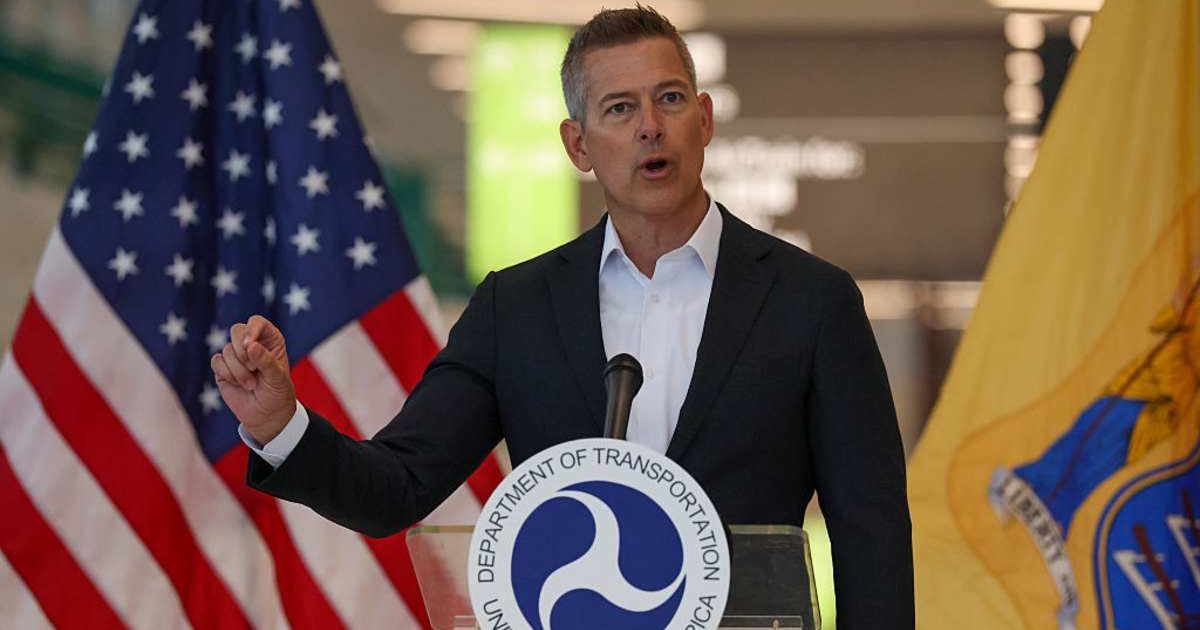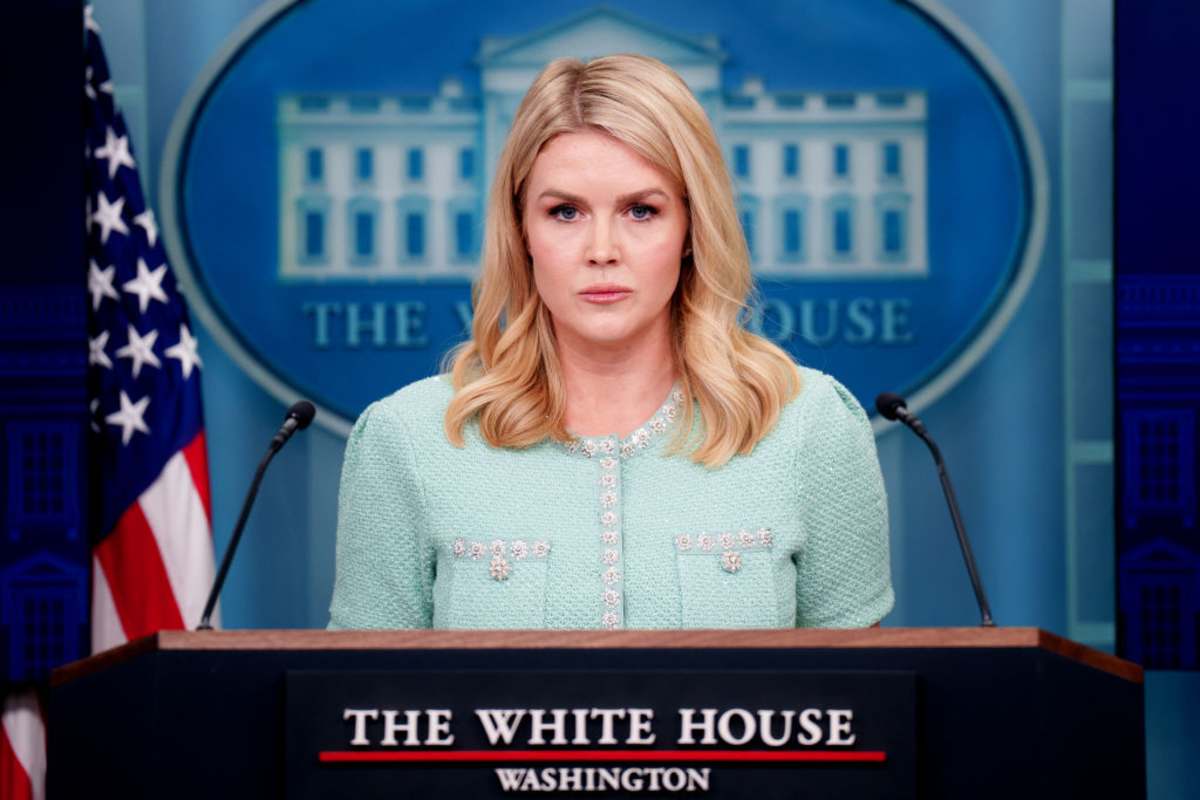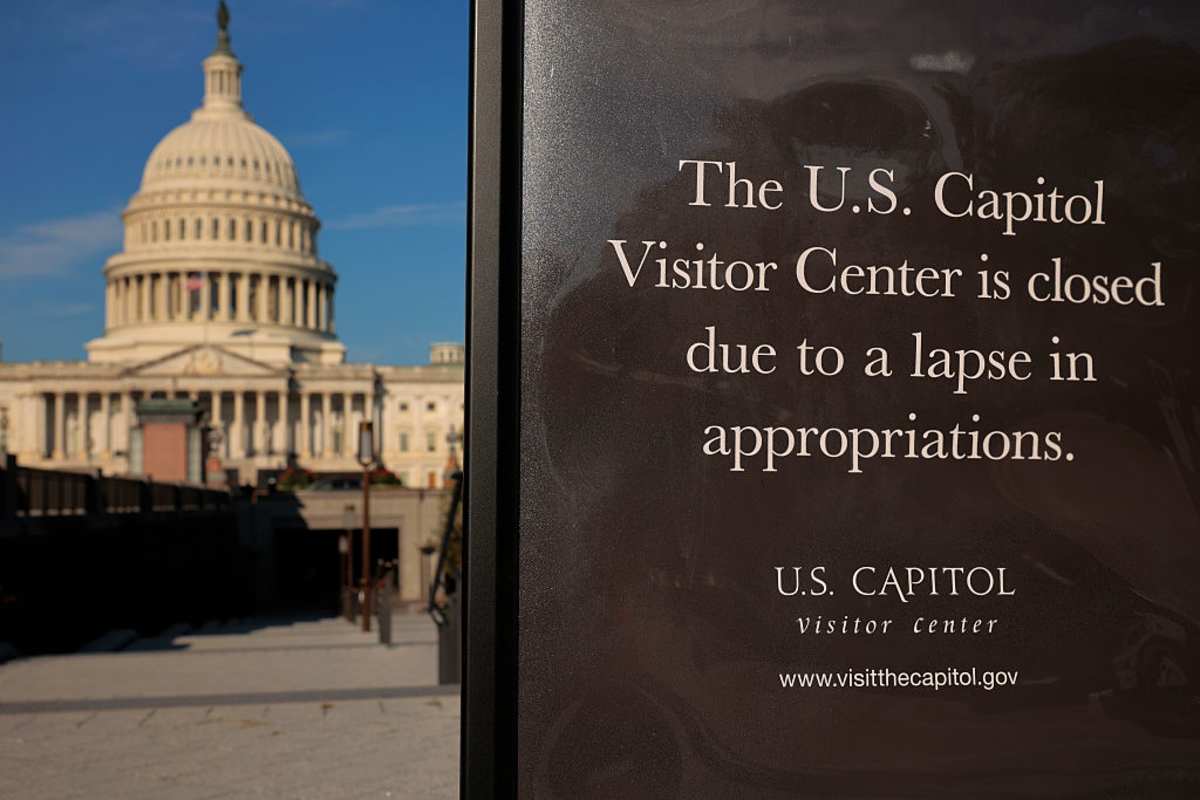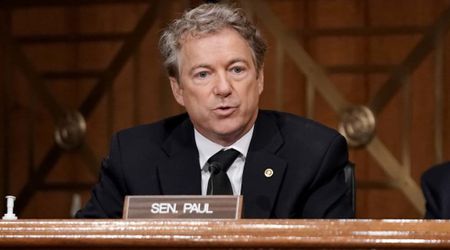US to cut flights by 10% at 40 airports as government shutdown strains controller staffing

We are assessing the risk in the airspace. Delays and cancellations will be based on which controllers are coming to work.
— Secretary Sean Duffy (@SecDuffy) November 6, 2025
Reducing 10% of flight volume will reduce the pressure on controllers, while prioritizing safety, and getting more flights out on time. pic.twitter.com/AbMyfyJCV0
WASHINGTON, DC: Federal officials announced that they will reduce air traffic by 10% across 40 “high-volume” markets beginning Friday, November 7, as the government shutdown continues to strain the nation’s aviation system.
“We have decided that a 10% reduction in scheduled capacity would be appropriate to continue to take the pressure off of our controllers,” said Transportation Secretary Sean Duffy. He was joined by Federal Aviation Administration (FAA) Administrator Bryan Bedford.
Duffy said that the move was necessary to maintain safety amid mounting fatigue among air traffic controllers, who have reportedly gone a month without pay.

Flight disruptions mount as shutdown drags on
The ongoing congressional stalemate has left essential workers, including controllers, working without compensation, leading to an alleged shortage of between 2,000 and 3,000 personnel, Duffy claimed.
The announcement comes after a weekend of severe travel disruptions at dozens of airports.
On Sunday alone, more than 5,000 flights traveling from and to US airports were delayed, according to FlightAware, while the Transportation Security Administration reported screening nearly 2.7 million passengers nationwide, the highest volume since the shutdown began.
Air Traffic Controllers are not getting paid and they’ve all told me it’s really hard.
— Secretary Sean Duffy (@SecDuffy) November 6, 2025
It’s going to be rough heading into the holidays if we are still in the shutdown. There will be flight disruptions. @USDOT will mitigate the safety side.
But, I would still be booking your… pic.twitter.com/fkABy4gI5g
By Monday evening, 2,885 flights were delayed and 70 canceled, with Chicago O’Hare, Newark Liberty, JFK, and Atlanta’s Hartsfield-Jackson among the hardest hit. They reportedly together accounted for more than 900 delays and 35 cancellations.
On Tuesday, cancellations doubled to 148, while delays eased slightly to 2,133. Again, on Wednesday evening, there were over 2,100 delays and 164 cancellations across flights within, into, or out of the US, according to FlightAware.
The tracking site did not specify causes for individual disruptions, but officials have reportedly linked many to staffing shortages and controller fatigue.

FAA to name affected airports including major hubs
Bedford said that the FAA will release a list of the 40 affected markets, though a preliminary list includes major hubs such as Boston Logan, New York LaGuardia, Los Angeles International, and Dallas/Fort Worth International. The list remains subject to change.
The FAA and Department of Transportation are expected to phase in reductions, 4% on Friday, 5% on Saturday, and 10% next week, to minimize chaos after airlines warned that sudden cuts could cause widespread disruption.

Airlines blindsided as they await official order
Airlines were allegedly caught off guard by the decision and are still waiting for the FAA’s formal guidance on how the reductions will be implemented.
American Airlines said that it would operate “as planned” on Thursday while awaiting direction from the FAA.
From American Airlines: Due to the ongoing government shutdown and nationwide air traffic control staffing shortages, the FAA has directed airlines to reduce flight schedules to continue to maintain safe airspace operations beginning Friday, Nov. 7. Flights on Thursday, Nov. 6,…
— Joe Bruno (@JoeBrunoWSOC9) November 6, 2025
United Airlines clarified that it will update schedules once reductions take effect, allowing customers to be notified of any changes “several days” in advance.
Safety concerns intensify amid shutdown pressure
Bedford said fatigue among air traffic controllers is worsening as the shutdown drags into its sixth week, warning that conditions could deteriorate further without congressional action.
“The early indicators are telling us we can take action today to prevent things from deteriorating,” Bedford said.
Industry groups and unions have urged lawmakers to end the shutdown immediately, warning that prolonged disruptions could have long-term effects on both safety and public confidence in air travel.










